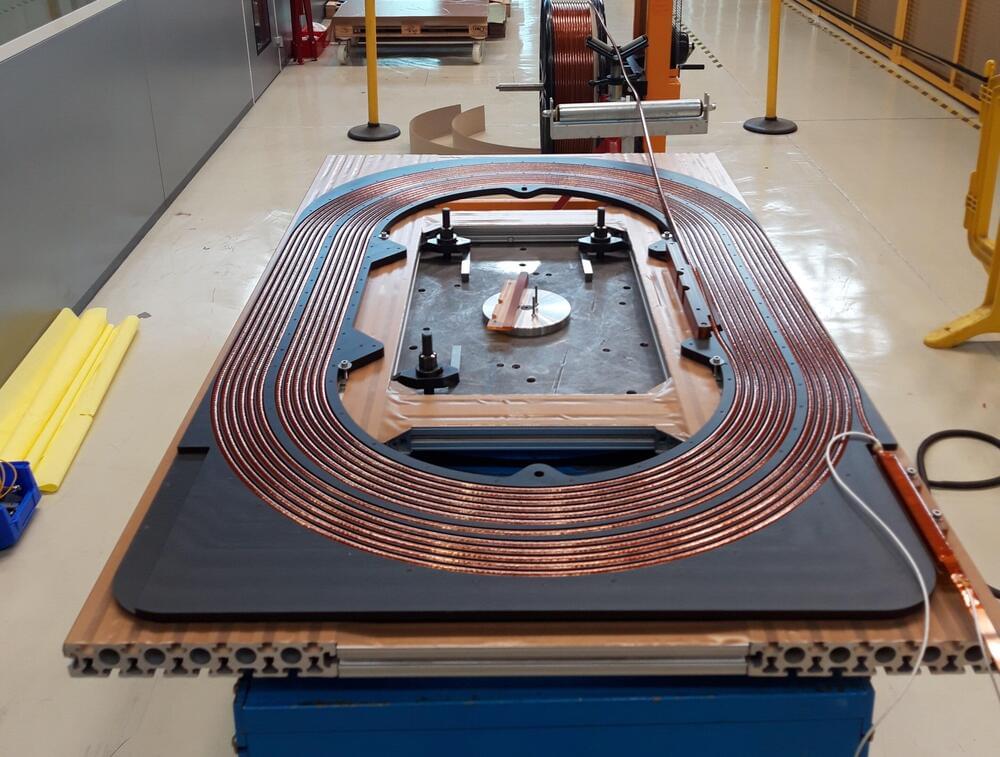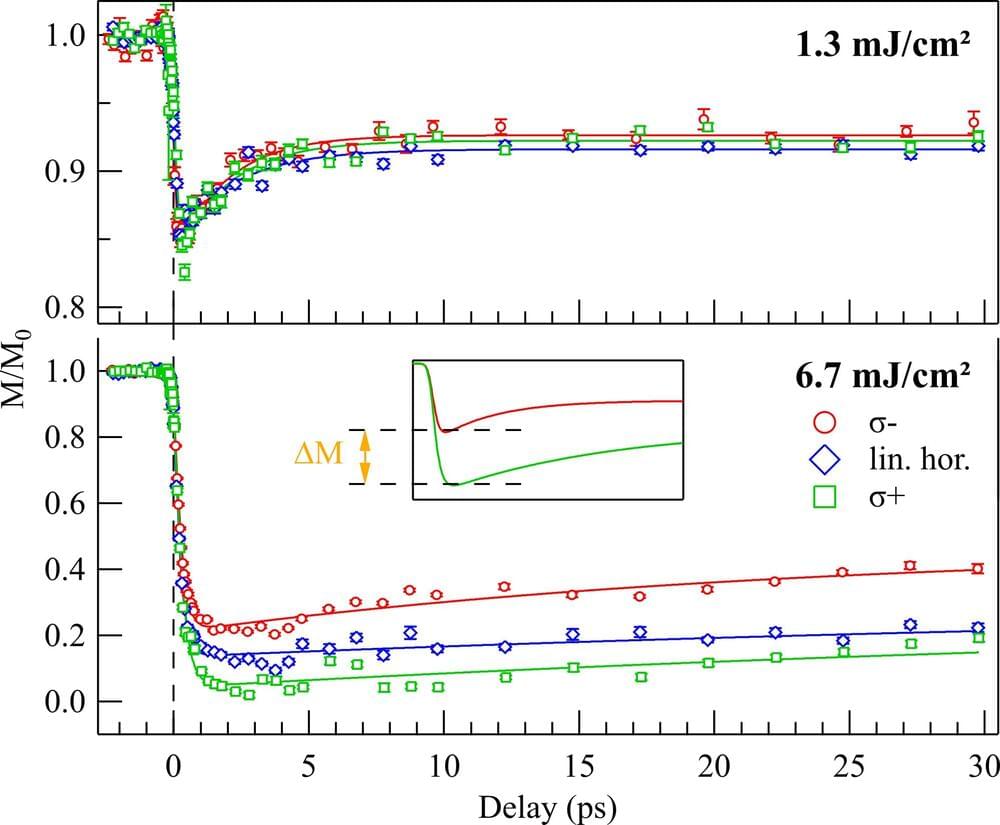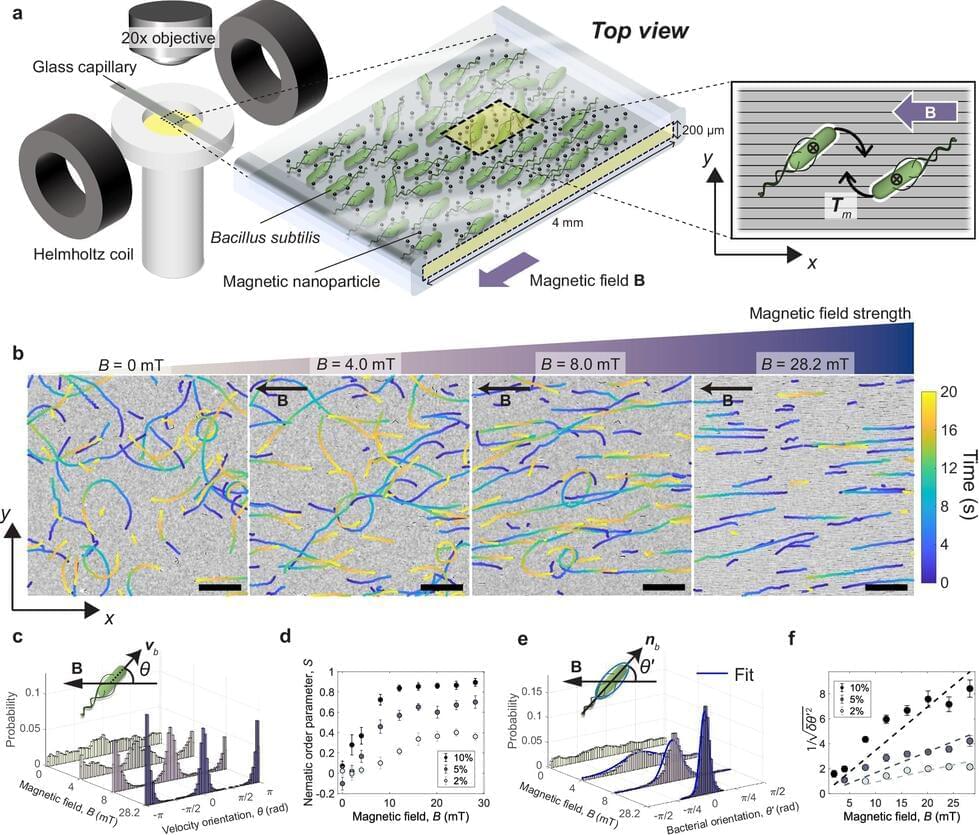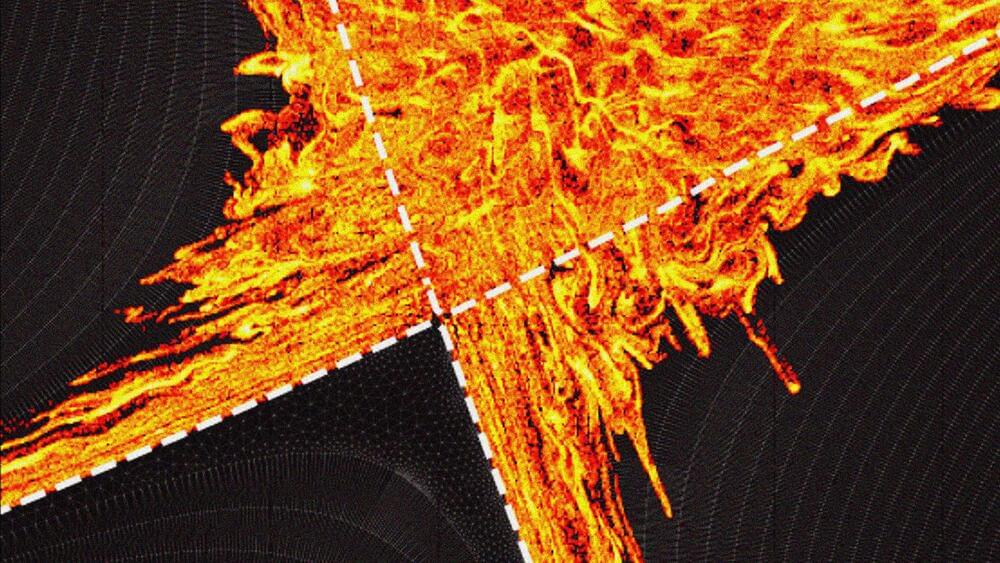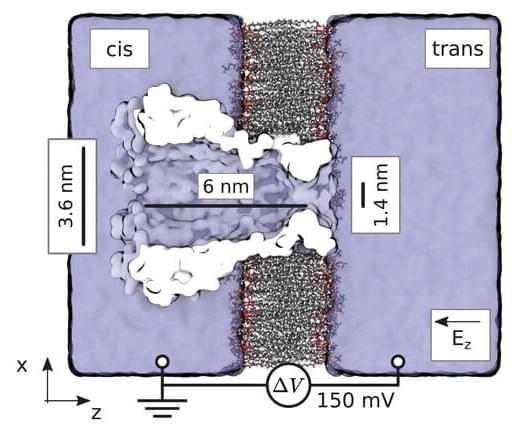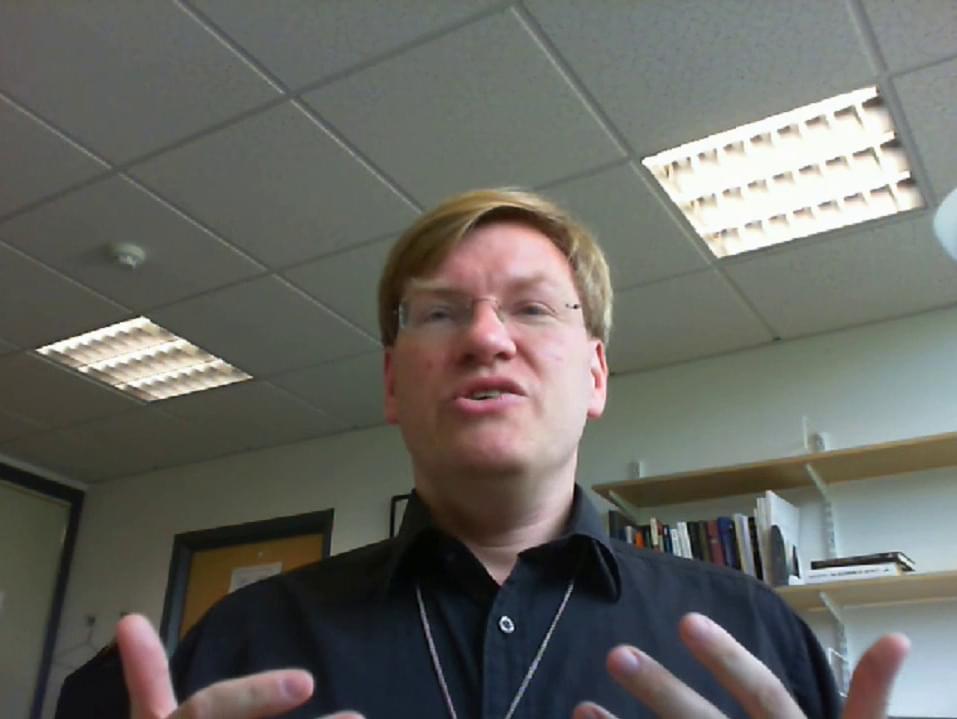Jul 5, 2024
A prototype superconducting coil opens the way for more energy-efficient electromagnets
Posted by Saúl Morales Rodriguéz in categories: innovation, particle physics
How can we advance cutting-edge research but consume less energy? CERN’s scientists are working on innovative solutions, and superconductivity is one of the key ingredients.
A team has recently successfully tested a demonstrator magnet coil that will significantly reduce the power consumption of certain experiments. The coil is made of magnesium diboride (MgB2) superconducting cables, which are used in the high-intensity electrical transfer line that will power the High-Luminosity LHC (HL-LHC), the successor to the LHC. It is mounted in a low-carbon steel magnetic yoke that holds and concentrates the field lines, in a so-called superferric configuration.
This innovative magnet is intended for the SHiP experiment, which is designed to detect very weakly interacting particles and is scheduled to be commissioned in 2031. One of the detector’s two magnets must produce a field of approximately 0.5 tesla. The field is of moderate intensity but must be produced in a huge volume that is 6 meters high and 4 meters wide and deep. A normal-conducting resistive electromagnet would have an electrical power of over one megawatt and, as it would have to operate continuously, its power consumption would be high.
